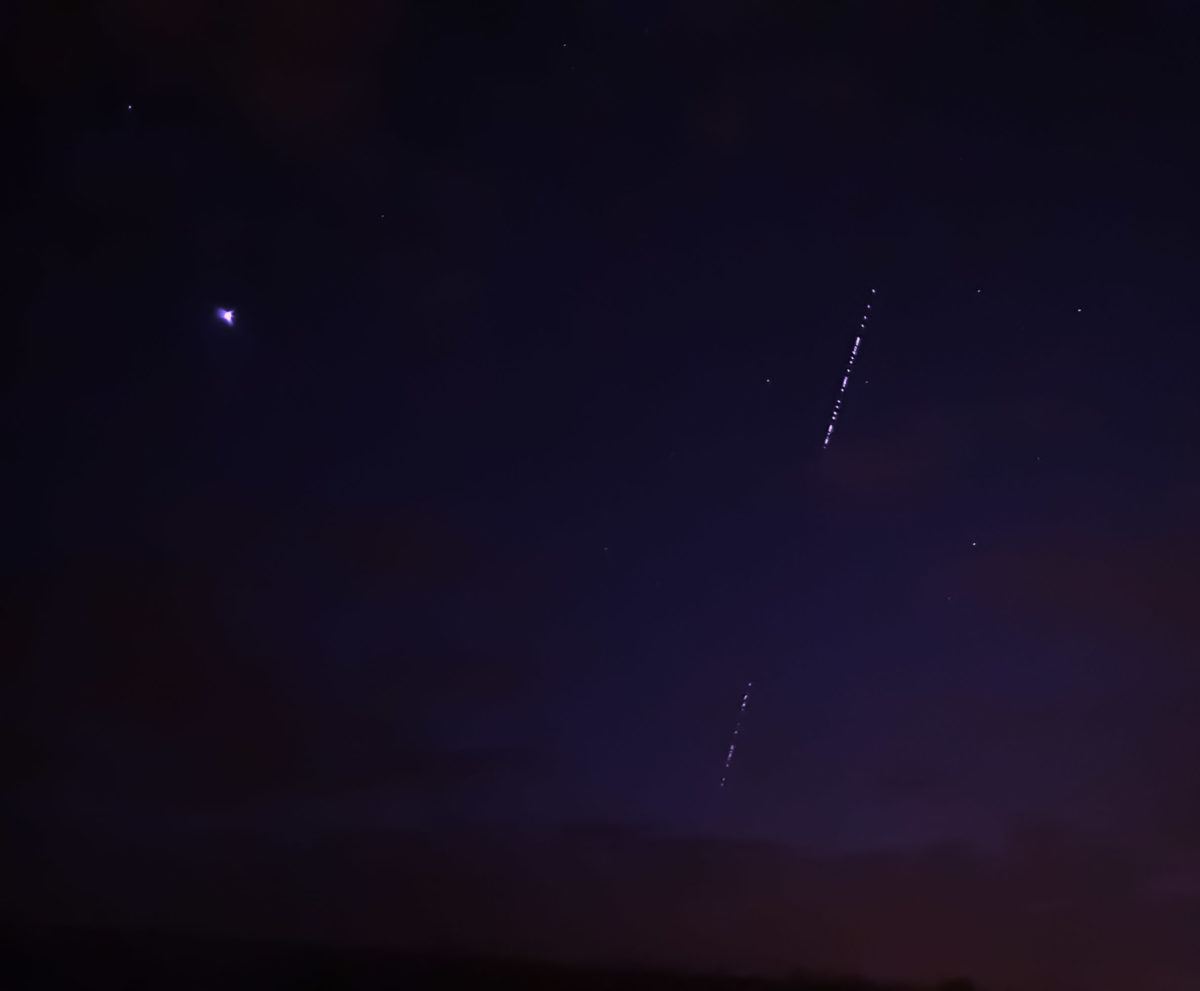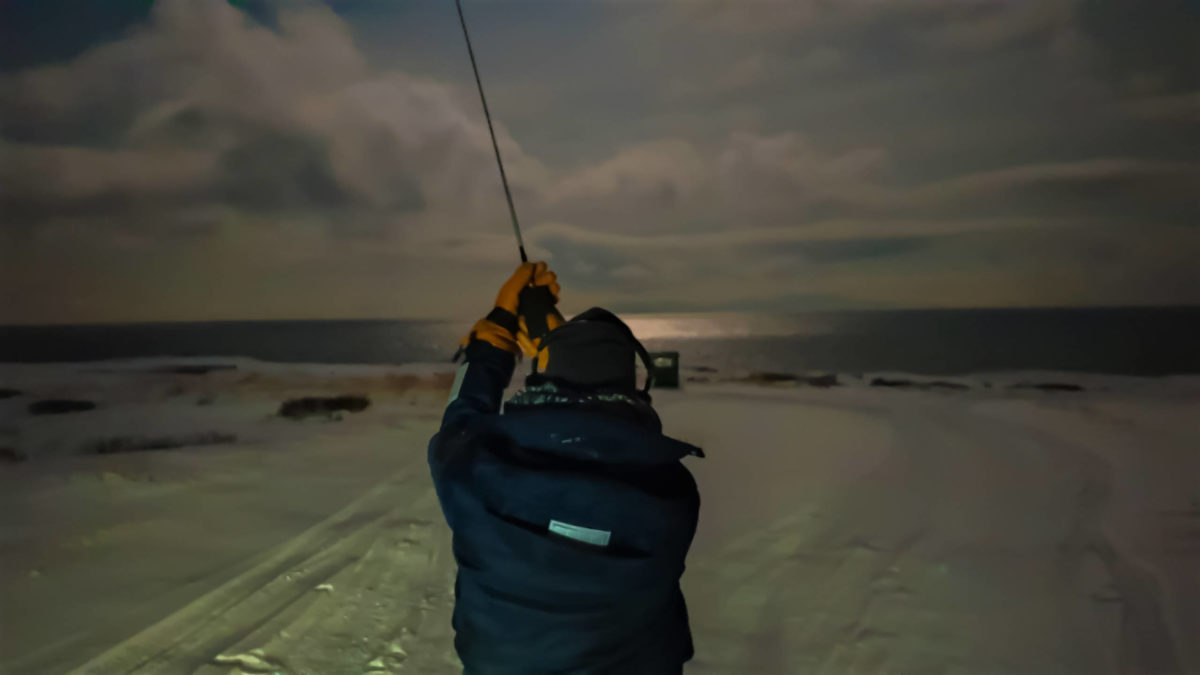Have you recently seen strange lights in the Night Sky? More exactly, a trail of small lights following each other in a straight line and crossing the sky from horizon to horizon?
Don’t worry, they’re not aliens 🙂 They’re the recently launched SpaceX satellites, known as the Starlink Group (NORAD 72000), which will be used in the future to provide a worldwide satellite Internet access!
If you have a clear sky the following few nights, just try and see if you can spot the “satellite train”! It’s an amazing and outworldly sight, and the best part is that you don’t need any equipment to see it! It is perfectly visible to the naked eye!
Tip: this site calculates the exact time when the Starlink group will be visible at your exact location!
Have you already seen it?



